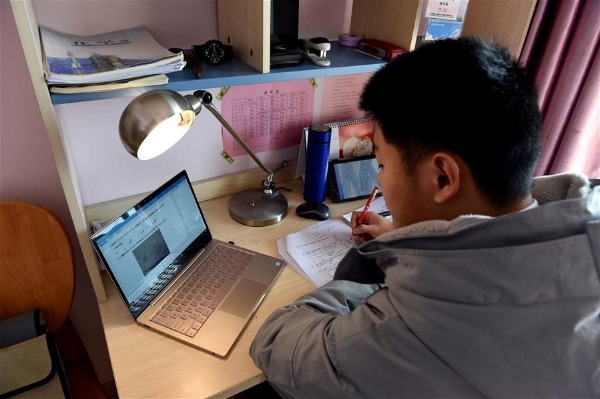Why did China close all schools?
It is important to note that the information provided in this Series is intended for your general knowledge only and is not a substitute for professional medical advice or treatment.

The COVID-19 outbreak took place during the winter break of Chinese schools. On January 27th, China’s Ministry of Education (MOE) announced that the 2020 spring semester for schools would be postponed due to the novel coronavirus outbreak. The MOE warned that students who had left campuses for the Spring Festival holiday should not return without approval before the new semester. All schools should guide students to stay at home, avoid gatherings and mass activities. The MOE also urged schools to draw up epidemic prevention and control plans and to routinely track the movements of students and teachers. On February 27th, the CPC Central Committee leading group on novel coronavirus prevention and control once again stressed that universities, middle and primary schools, and kindergartens should continue to postpone the coming semester in principle. Keeping schools closed during the COVID-19 outbreak helps protect students and teachers through preventing the virus from spreading to campuses. A couple of reasons explain the practice.
First, teenagers and children are vulnerable to COVID-19 infection. Admittedly, data on individuals aged 18 years old and under suggest that there is a relatively low attack rate in this age group. For them, the disease appears to be comparatively mild or even asymptomatic. Yet it is not possible to tell from available data whether children are less susceptible or if they present differently clinically. In fact, everyone is assumed to be susceptible because in humans there is no known pre-existing immunity to the newly identified pathogen. Patients with mild or no symptoms are able to spread the novel coronavirus as well. Comparing with adults, children patients generally experience longer incubation periods, atypical symptoms and prolonged intestinal detoxification period. Hence, underage mild-symptom and asymptomatic patients tend to be misdiagnosed or missed diagnosed, which may lead to wider spread of the virus.
Second, behavioral and hygiene habits of young children increase virus transmission risks. Young children are normally unable to abide by the strict requirements of COVID-19 prevention and control. It is very hard for them to keep appropriate social distance, wash hands and wear face masks in a medically correct way. Cross infection could therefore easily occur among young children.
Third, high crowd density in campuses and classrooms results in higher cross infection risks. COVID-19 is transmitted via droplets and fomites during close contact. In a country where the student population is very large, crowd density in campuses is high. In 2018, there were 518.8 thousand schools in China with 276 million students enrolled and 16.7 million teachers employed. School shutdowns prevent virus spread among students and teachers by avoiding mass activities and crowd gatherings.
Fourth, starting a new semester may cause cross-region transmission because the populous group of higher education students need to travel back to campuses from everywhere home and abroad. Higher education students in China total 3.8 million. In Wuhan alone, there are more than 1.2 million college students. On one hand, dormitory and canteen disinfection present a huge challenge to higher education institutions. On the other, student travel peak after the winter break features large passenger flows to limited destinations in a very short time period. Postponing the spring semester reduces passenger flows and gatherings to the largest extent and helps cut virus transmission routes.
Author: Zhu Qingyi
Please feel free to contact us by sending your questions to question@chinadaily.com.cn or commenting on China Daily app. We will ask experts to answer them.














